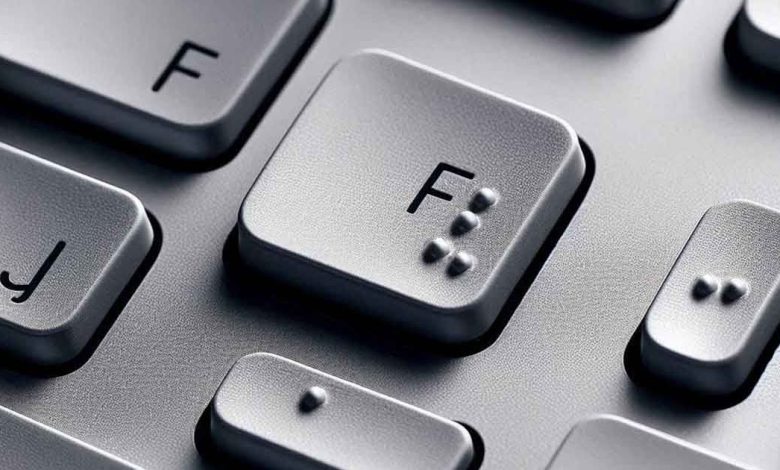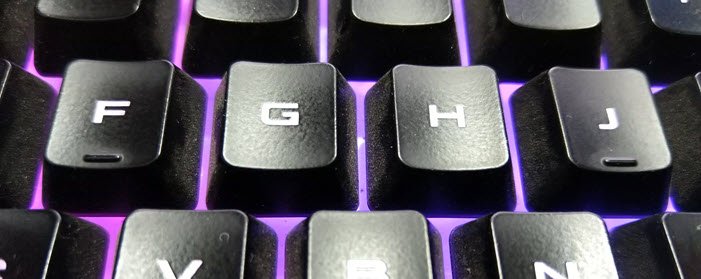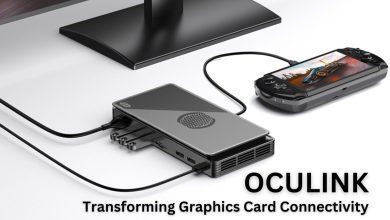Here’s why the F and J keys on keyboards have bumps on them

Here’s Why the F and J Keys on Keyboards Have Bumps
The bumps on the F and J keys serve a purpose. They’re not random design choices. These small features improve typing speed and accuracy. Let’s explore why they exist and how they help.
The Origin of Keyboard Bumps
The concept of raised markers dates back decades. Early typists relied on visual guidance. Over time, designers introduced tactile markers. The F and J keys became the standard location for these bumps.
Purpose of the Bumps
The bumps help typists locate the home row. The home row includes the middle keys where your fingers rest. Placing your index fingers on the F and J keys positions your hands correctly. This improves typing efficiency.
Benefits for Touch Typists
Touch typists rely on muscle memory. They don’t look at the keyboard while typing. The bumps act as tactile guides. They let you align your fingers quickly. This reduces mistakes and boosts typing speed.
Aids for Beginners
The bumps also benefit new typists. Learning the home row is the first step in typing lessons. The tactile markers make it easier to develop muscle memory. They also encourage correct hand placement.
Accessibility Advantages
People with visual impairments use these bumps too. They provide a reliable way to navigate the keyboard. This makes typing more inclusive and accessible.
Ergonomic Design
The bumps align with ergonomic principles. Proper hand placement reduces strain during long typing sessions. This minimizes discomfort and prevents repetitive stress injuries.
Universal Standard
The bumps on the F and J keys are a universal standard. Almost all keyboards, from desktops to laptops, include them. Even gaming and mechanical keyboards follow this design.
Variations in Design
Different keyboards may have slight variations. Some bumps are more pronounced, while others are subtle. The material and shape also vary. However, their purpose remains consistent.
Historical Significance
The bumps reflect the evolution of typing. They symbolize the transition from typewriters to modern keyboards. Over time, their importance has only grown.
Practical Uses Beyond Typing
The bumps help in other scenarios too. For example, they assist users working in low-light conditions. Gamers also use them to find keys without looking.
Fun Facts About Keyboard Bumps
- They’re sometimes called tactile nubs or homing bars.
- The idea originated with typewriters.
- Some specialized keyboards feature bumps on additional keys.
How to Make the Most of Them
To maximize efficiency, always start with your fingers on the home row. Practice touch typing regularly. Gradually, the bumps will guide your typing instinctively.
Common Misconceptions
Some think the bumps are for aesthetics. Others assume they’re unique to certain brands. In reality, they’re functional and found on almost all keyboards.

The Science Behind Tactile Feedback
Tactile feedback plays a crucial role in typing. It enhances coordination between your brain and fingers. The bumps act as sensory cues, improving accuracy.
Why They Matter in the Digital Age
Despite advancements like voice typing, keyboards remain essential. The bumps on the F and J keys ensure efficiency and accuracy. They’re small features with a big impact.
Conclusion
The bumps on the F and J keys are more than just design elements. They’re practical tools that enhance typing speed, accuracy, and comfort. Whether you’re a beginner or a pro, these bumps make a difference.



